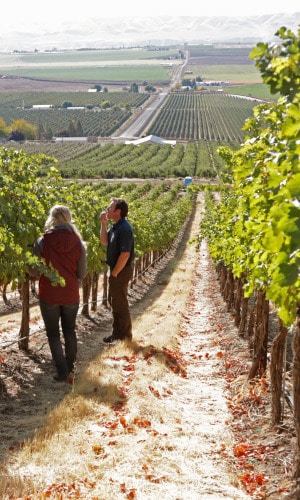| Wine packaging. |
| Like most good things in life, wine comes in all shapes and sizes. The grocery store has 5 liter boxed wines, the gas station sells 500 milliliter cartons, the golf course stocks 12 ounce cans—and of course here at your local winery we are happy to supply you with the standard 750 mill glass bottles ???? |
| Boxed wine, or bag in box (BIB), should be consumed immediately, not cellar aged. They don’t need to be finished immediately, however, as the self-draining bag prevents oxygen from coming into contact with the wine and ensures it stays good for a long time. |
| Wine in cans is another option for lightweight packaging. This non-resealable vessel is great for camping, hiking, the pool, or the beach—anywhere you wouldn’t want glass around. |
| Cartons are alike in intention to cans in that they’re lightweight and standalone. They’re of slightly larger volume at 500 mL and have a shallow pour spout with a lid, thus can be resealed. The carton itself is a paper product lined with a polymer and a fine layer of aluminum to prevent oxidation and light infiltration.
Less common than the above styles but rather more futuristic looking are non-glass bottles made of lightweight materials like cardboard (similar to cartons), aluminum (similar to cans), or polyethylene terepthalate (similar to the lining of a BIB). |
|
 |
|
| The packaging all of us are most used to is of course the glass bottle, in use since the 1600s. Glass is the best material in which to age wine over time so it is the right choice for wines that aren’t ready to drink right away (and of course for investment wines this is the only way to go).
Regardless what container you choose next time you’re looking to purchase, remember as with people so with wine: it’s what is on the inside that counts.
Read Full Article Here! |
| Maureen O’Callaghan,
Assistant Winemaker |
|





